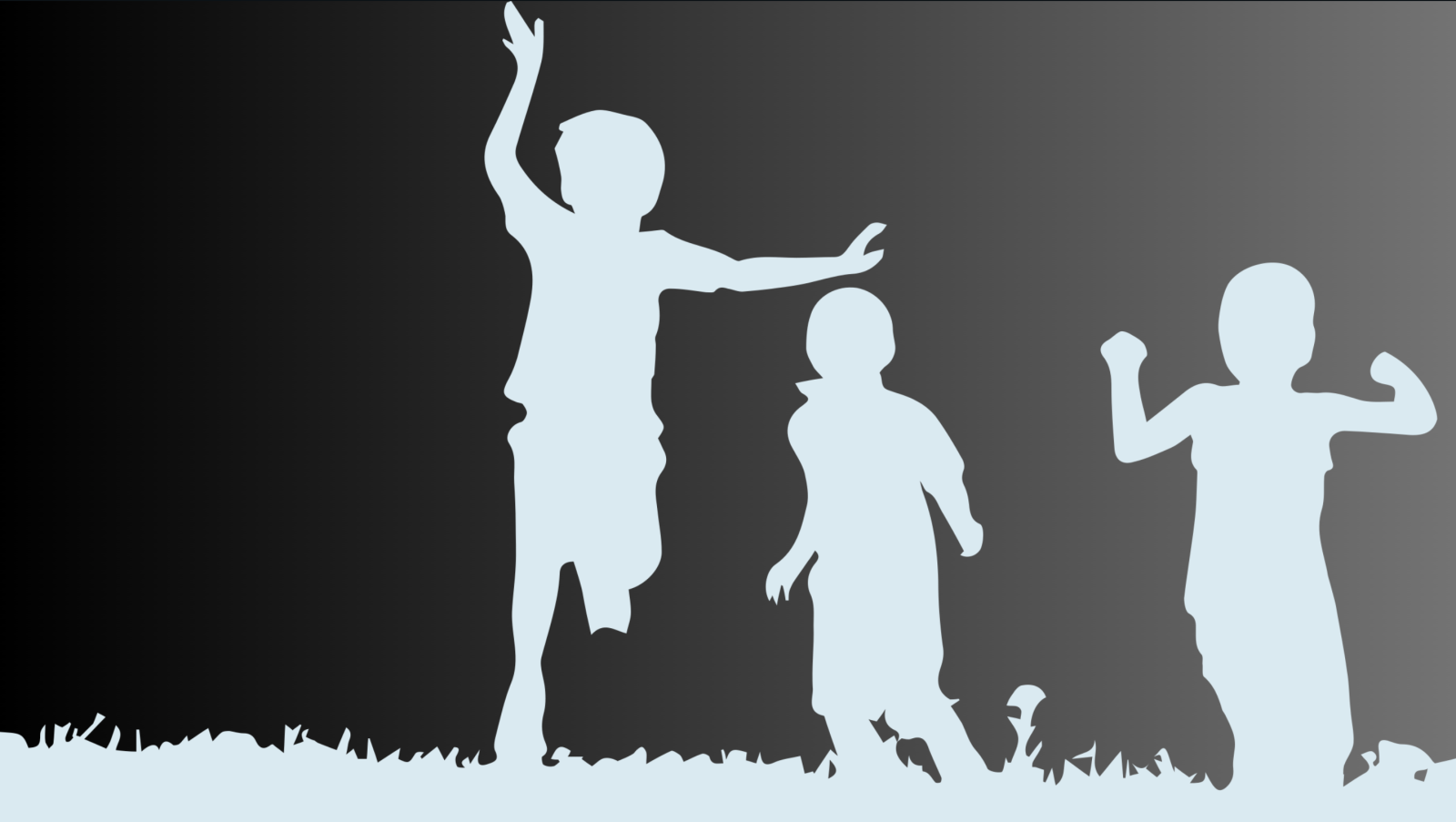Can social media be used as a way to prevent the spread of infectious diseases? Such a question is certainly on the agenda right now, with the Ebola outbreak currently raging in West Africa and having already claimed the life of 887 people out of 1,603 cases since this March.
This epidemic is caused by a lethal but not highly contagious virus, which does not transmit just by breathing. The only way to get it is to come in contact with the blood, secretions, organs or other bodily fluids of infected people, usually through person's mucous membranes or broken skin. Indirect contact with environments contaminated with such fluids may also lead to being infected.
This is the largest Ebola outbreak since this virus was first identified, in 1976, and is obviously raising great concern. Alarmist news about the spread of the disease within and outside African borders have been appearing, especially on the web. As pointed out by Declan Butler on Nature, bringing the outbreak under control requires effective communication strategies. It is indeed crucial to convince people to trust health workers and to follow public health advice. Particularly, these strategies should involve local community leaders and stakeholders, in order to trace the spread of the virus and to identify infected people.
And this is how social media could play a significant role, as many believe.
Many people in the regions struck by the deadly virus started using social media in order to share information about the disease and its prevention. On Twitter, hashtag like #FactsOfEbola, launched by the Nigerian blogger Japheth Omojuwa, and #EbolaFacts, which is also shared by local celebrities like Ghanaian actress Juliet Ibrahim, became trending topics.
Also, one of the points being stressed in an appeal wrote on Lancet by a group of medical researchers from Sierra Leone, regarded the use of mobile technology to fight the spread of the disease. “Emerging technologies can help early warning systems, outbreak response, and communication between health-care providers, wildlife and veterinary professionals, local and national health authorities, and international health agencies,” wrote the researchers. Mobile phones are quite diffused in West Africa and Ghana – where the #EbolaFacts campaign started thanks to a local radio station, the Accra – has the country’s highest mobile broadband penetration rate.
However, as reported by the World Health Organization (WHO), the most rural areas in Guinea, Liberia, and Sierra Leone are not online. People from isolated villages are more at risk due to dangerous behaviours like eating bushmeat – which also includes that of the presumptive reservoir hosts of Ebola, the fruit bats – or touching infected persons without proper precautions, for instance in the case of burial ceremonies. Thus, those people most at risk of catching the virus are also those most difficult to reach.
“Twitter is an effective tool, but primarily among developed country audiences,” told Gregory Härtl, WHO’s head of Public Relations and Social Media, to The Daily Beast. For sure, social media created a lot of awareness and are a useful tool for journalists and healthcare workers, but they are only a part of the solution.


